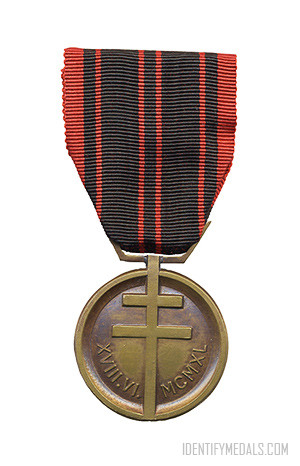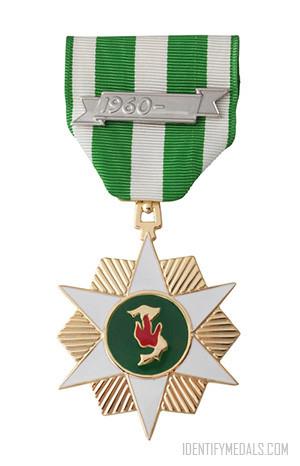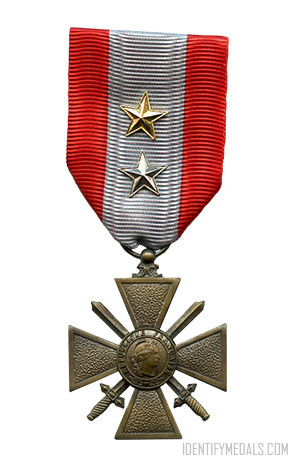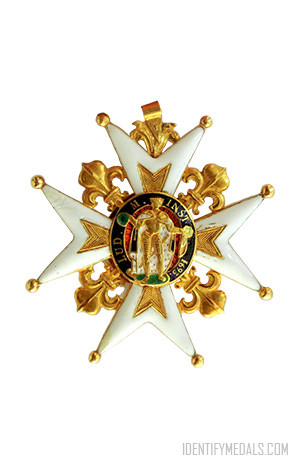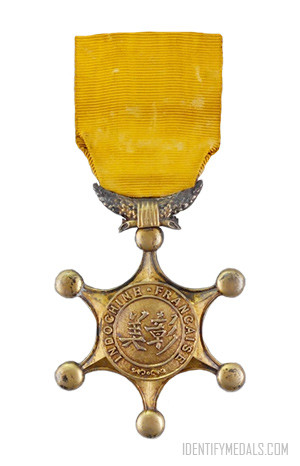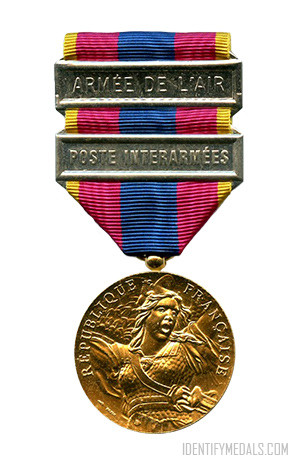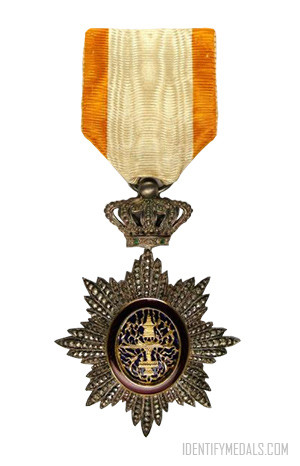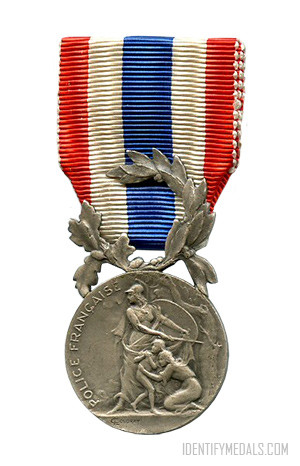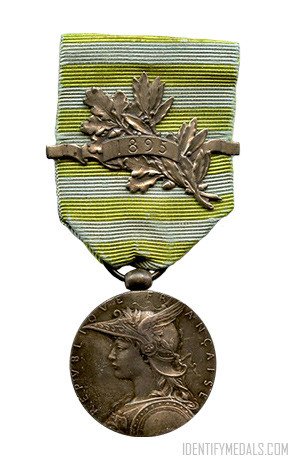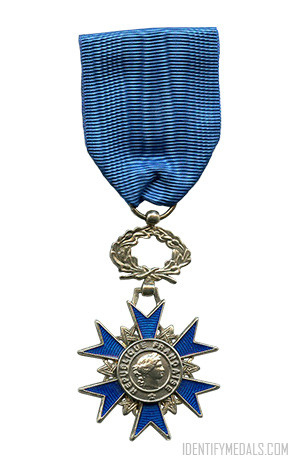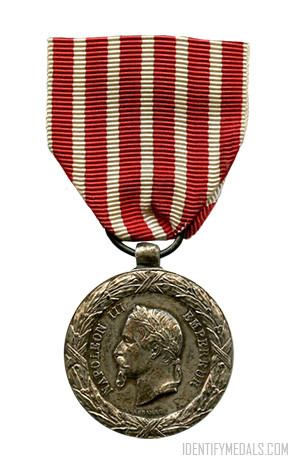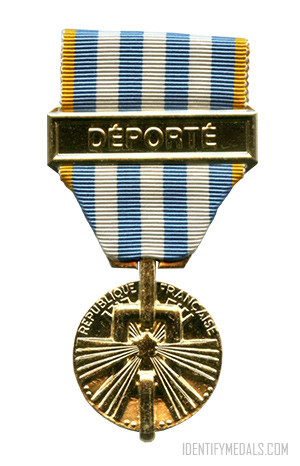- Time Period: World War II
- Institution: 9 February 1943
- Country: France
The Resistance medal (or Médaille de la Résistance) was a decoration bestowed by the French Committee of National Liberation, based in the United Kingdom, during World War II.
It was established by a decree of General Charles de Gaulle on 9 February 1943 “to recognize the remarkable acts of faith and of courage that, in France, in the empire and abroad, have contributed to the resistance of the French people against the enemy and against its accomplices since 18 June 1940“.
The Resistance medal was awarded to approximately 38,288 living persons and 24,463 posthumously. These awards were both for membership in the Free French forces and for participation in the metropolitan clandestine Resistance during the German occupation of France in World War II. The medal was also awarded to 18 communities and territories, 21 military units, and to 15 other organizations including convents, high schools, and hospitals that particularly distinguished themselves.
The Resistance Medal Design
The Resistance medal is a 37mm in diameter circular medal struck from bronze. Its slightly concave obverse bears at center a vertical Cross of Lorraine with the relief semi circular inscription of the date of General de Gaulle’s appeal of 18 June 1940 in Roman numerals “XVIII.VI.MCMXL” (18.06.1940) bisected by the lower part of the cross.
The reverse bears the relief image of an unfurling ribbon bearing the relief inscription in Latin”PATRIA NON IMMEMOR” translating into “THE NATION DOES NOT FORGET”. The suspension is cast as an integral part of the medal.
The medal hangs from a 36mm wide black silk moiré ribbon with six vertical red stripes of varying widths, 3mm wide edge stripes, two 1mm wide central stripes 2mm apart, and two 1mm wide stripes 6mm from the central stripes. A 28mm in diameter rosette is on the ribbon of the Officer of the Resistance medal.

